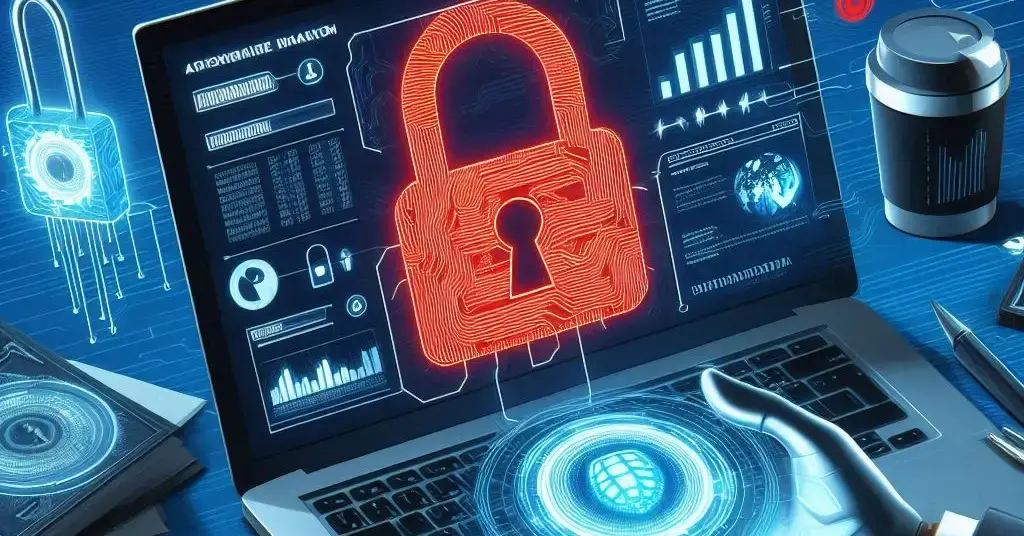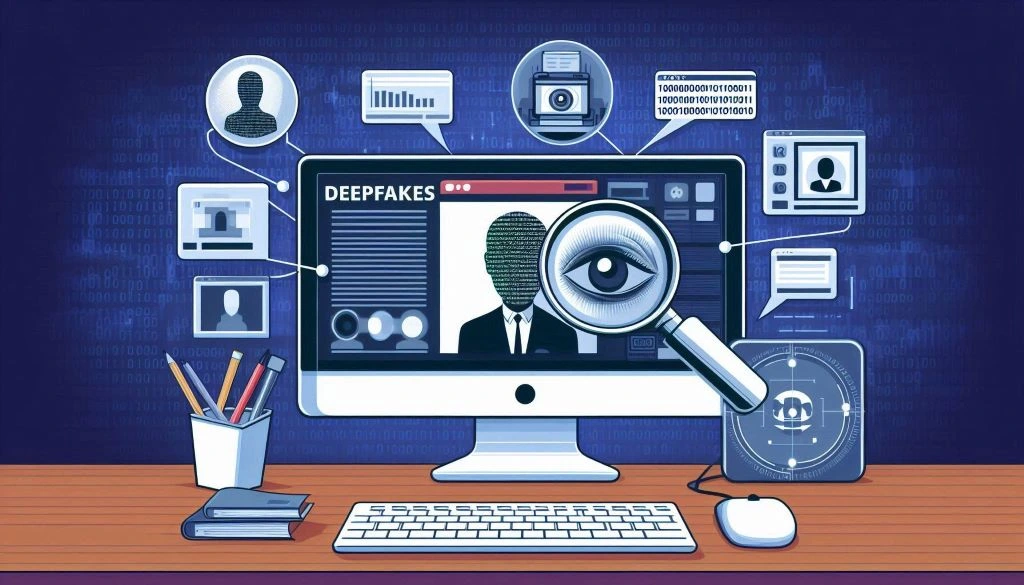
Table of Contents
Table of Contents
In recent years, the world has witnessed a surge in devastating ransomware attacks, disrupting the daily lives of people and crippling critical infrastructure. The latest wave of ransomware attacks has targeted some of the most vulnerable entities, including hospitals, schools, and cities, causing widespread chaos and financial loss.
The Rise of Ransomware
Ransomware is a type of malicious software (malware) that encrypts a victim’s files or locks their devices, demanding a ransom in exchange for the decryption key or access to the affected data. The first reported ransomware attack dates back to 1989, but the problem has grown exponentially with the rise of the digital age.
Hospitals Under Siege
Ransomware attacks on hospitals have become increasingly common, putting patient lives at risk. In May 2017, the UK’s National Health Service (NHS) was hit by a massive ransomware attack, known as WannaCry, which affected 80 hospitals and 300 clinics. The attack paralyzed the healthcare system, delaying surgeries and forcing patients to be diverted to other facilities.
In the United States, hospitals have also fallen victim to ransomware attacks. In 2018, the Community Health System in Tennessee was hit by a ransomware attack that encrypted patient records and compromised medical devices. The hospital was forced to shut down its electronic health record system, disrupting patient care and causing significant financial losses.
Schools and Students in the Crosshairs
Ransomware attacks on schools have also been on the rise, leaving students and teachers without access to critical educational resources. In 2019, the Los Angeles Unified School District was hit by a ransomware attack that locked down its computer systems and encrypted student data. The attack forced the district to shut down its online educational platforms, disrupting the academic year and causing significant educational losses.
Cities Hold Hostage
Ransomware attacks have also affected cities and municipalities, putting critical infrastructure and public services at risk. In 2018, the City of Atlanta was hit by a ransomware attack that encrypted its computer systems, disrupting public services such as water and transportation. The attack forced the city to shut down its online portals and payment systems, causing significant financial losses and economic disruption.
The Devastating Consequences
The consequences of ransomware attacks are far-reaching and devastating. Hospitals are forced to divert patients, postpone surgeries, and compromise medical care. Schools are forced to shut down online learning platforms, disrupting the education of thousands of students. Cities are forced to divert resources, compromise public services, and incur significant financial losses.
The Economics of Ransomware
The economic impact of ransomware attacks is staggering. According to a report by Cybersecurity Ventures, the global cost of ransomware attacks is expected to exceed $20 billion by 2025. The economic losses are not limited to the ransom demands, which can range from a few hundred dollars to millions of dollars. The attacks also disrupt business operations, compromising productivity and causing significant losses in revenue.
Mitigating the Threat
To mitigate the threat of ransomware attacks, cities, schools, and hospitals must take proactive measures to protect their computer systems. This includes:
- Implementing robust cybersecurity protocols, including firewalls and intrusion detection systems.
- Conducting regular security audits and penetration testing to identify vulnerabilities.
- Educating employees on phishing and social engineering tactics.
- Implementing effective backup and disaster recovery protocols.
- Staying up-to-date with software patches and updates.
In conclusion, the ransomware epidemic is a growing menace that threatens the very fabric of our society. It is imperative that cities, schools, and hospitals take proactive measures to protect their computer systems and prevent devastating attacks.


